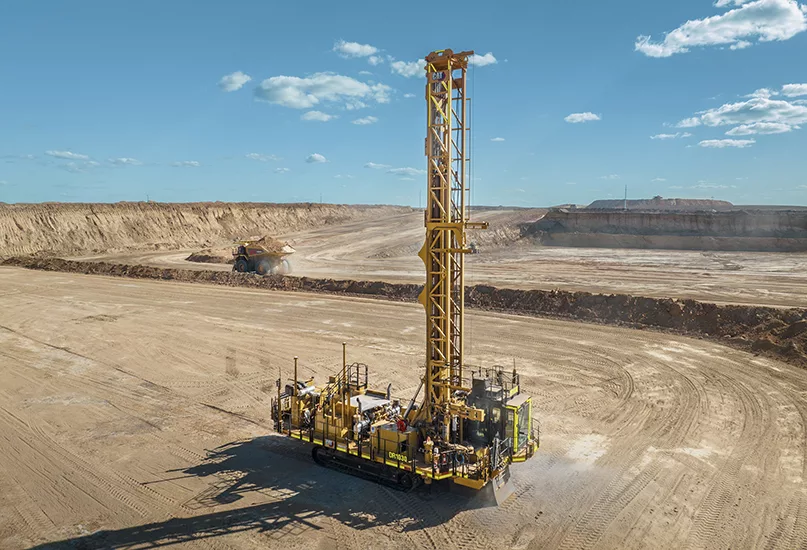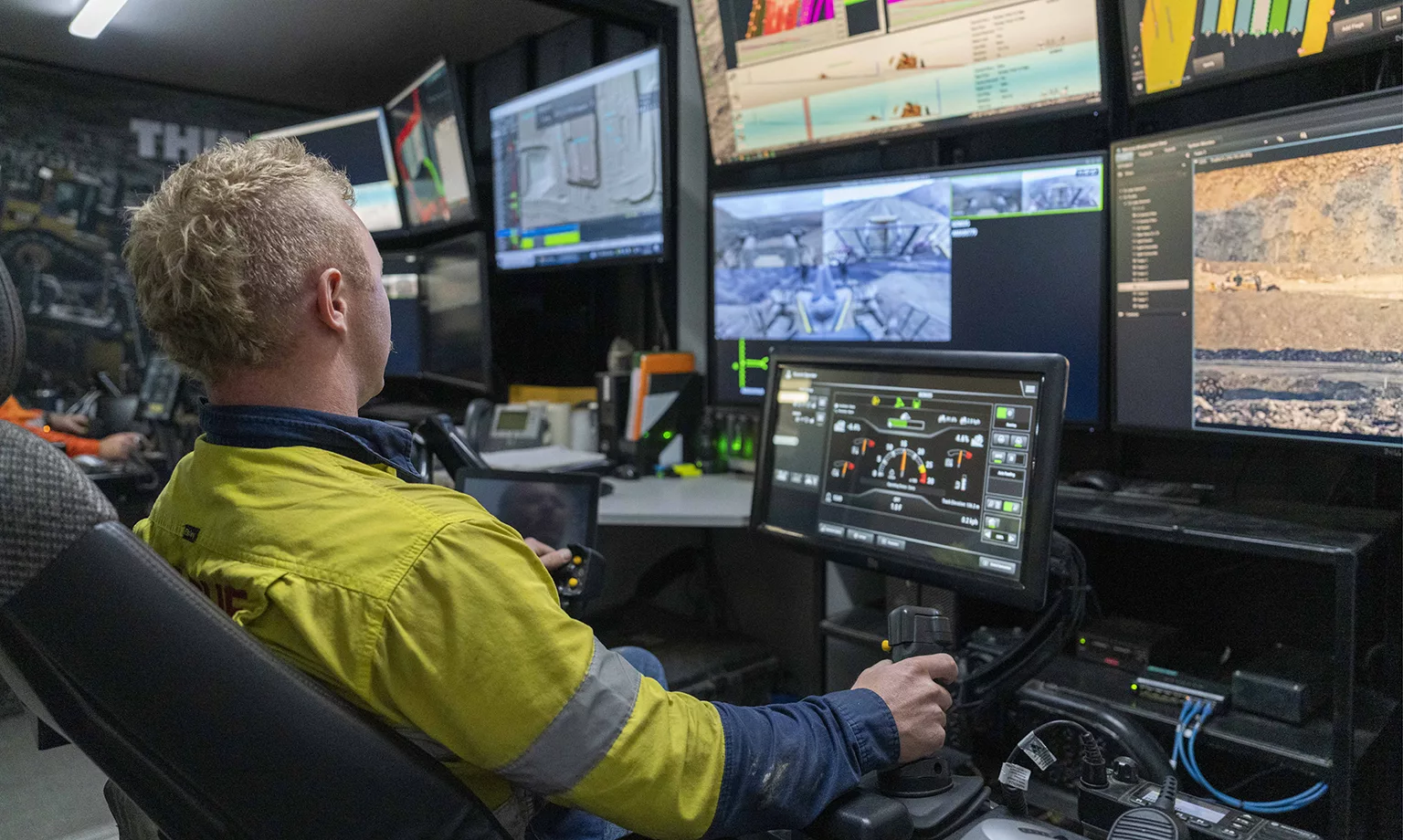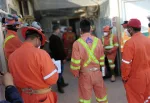Against a backdrop of climate change challenges, rapidly changing technologies, and increasingly finite resources in the mining sector, global mining services provider Thiess emerges as a leader in sustainable mining services. Darrell White, Group Executive – Americas, tells us more.
LEADING THE WAY IN SUSTAINABLE MINING SERVICES
Working with clients in the Americas, Australia, and Asia in the dynamic mining sector, and with track record in sustainable mining services such as successfully implementing autonomous mining services and delivering award-winning recovery and reclamation of mined land, Thiess is widely considered a leader within the sector.
“At our core is the pioneering spirit of the Thiess brothers, who founded the company in Australia 90 years ago in 1934,” opens Darrell White, Thiess Group Executive – Americas.
The company’s time-old commitment to reliable and timely delivery, no matter how challenging the circumstances, continues to drive it forward today. Thiess established its North American operations in 2022.
“We look forward to bringing our wide-ranging operational expertise and commitment to mining excellence to mine owners and operators in the USA and Canada – we offer a range of flexible options from full-service mining services, to specialist work packages,” he continues.
LEADER IN AUTONOMOUS MINING SERVICES
Thiess views autonomy and automation as increasingly integral technologies in advancing the future of mining as they enhance safety, productivity, and efficiency.
“We’ve been on an autonomy journey for over a decade in Australia, combining cutting-edge insight with operational experience, and we look forward to sharing our expertise with clients in the US and Canada,” White explains.
The company’s unique, holistic approach to autonomous mining combines engineering know-how, relationships, operational experience, and systems to supply a range of autonomous services.
The company prides itself on its change leadership and operational readiness, including workforce training and upskilling, whilst its autonomous equipment feasibility assessment, operation, maintenance, and optimization activities define Thiess as a frontrunner in its field.
“Our commitment to being an industry leader in autonomous mining services has seen Thiess achieve a range of industry deployment firsts,” said White.
These include being the first mining service provider to deploy all three Cat® MineStarTM Command autonomous products – trucks, drills and dozers – at the same site, implementing the first deployment of autonomous 794AC haul trucks in Australasia, and being the first operator to deploy Cat®’s autonomous haulage system (AHS) and drilling system (ADS) on a private long-term evolution (LTE) network.
One of its recent achievements includes Thiess’ remote operation of two autonomous drills on a mine site in New South Wales, Australia, in collaboration with industry giant Caterpillar.
“We’ve also successfully controlled semi-autonomous dozers at our Lake Vermont site whilst attending the World Mining Congress in Brisbane – a distance of over 500 miles,” he emphasizes.
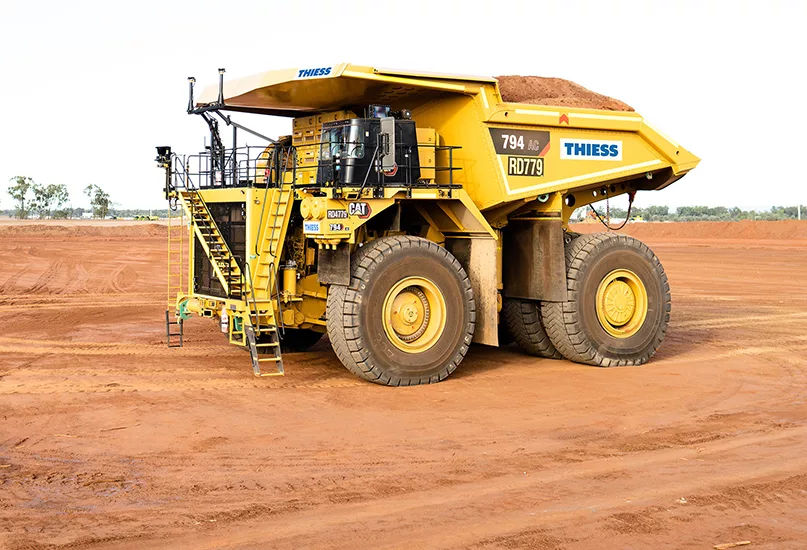
ADVANTAGES OF AUTONOMOUS MINING
The global mining sector understands that autonomy will play a huge role in the future because of the operational, technological, and sustainability benefits it provides.
“Obvious upsides include increased utilization and productivity,” further informs White.
Thiess’ autonomous drills and semi-autonomous dozers operate for up to 23 hours a day, and as a result, the company saw a 20 percent improvement in drilling performance and a 25 percent increase in dozer utilization (compared to manual operations) in 2023.
“Autonomy also offers greater consistency of drill performance, even where operator skills and experience may vary.”
As such, Thiess has reported reduced re-drilled holes since it commenced autonomous drilling in 2019.
In addition, sustainability is certainly an important factor in operational mining decisions. Thiess knows that investing in autonomous solutions will assist the company in making progress towards not only its own sustainability targets, but also those of the entire industry.
“Autonomous technology, and the reduced rework associated with it, has enabled us to reduce diesel usage and prolong the life of our consumable components, including a 7.7 percent reduction in the fuel consumption rate,” White details.
Thiess considers autonomous mining to be the standard for operating mines into the future.
“As finite resources become increasingly difficult to mine, and production costs continue to rise, autonomous mining offers a sustainable solution,” observes White.
Currently, Thiess runs autonomous operations at sites in Australia and is working to introduce autonomous mining services to clients in North and South America, as well as Indonesia.
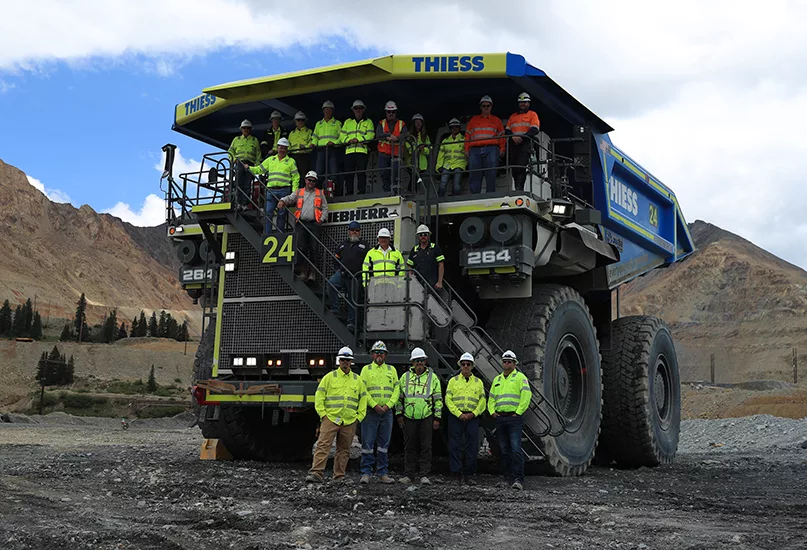
TECHNOLOGY-LED RECLAMATION OF MINED LAND
Thiess offers its North American clients comprehensive mine reclamation services for sites of all sizes, commodities, requirements, and lifecycle stages. Delivered by miners with environmental expertise, the company’s services include progressive reclamation of mined land, mine closure, infrastructure removal, abandoned mines, and contaminated land requirements.
Thiess has over 20 years of reclamation experience and industry-leading capabilities in environmental and civil engineering, landform design optimization, advanced surveying, asset management, and maintenance.
Its technology-led approach to reclamation includes the input of optimized designs, such as material movement and sequencing, directly into a dozer’s onboard GPS, providing operators with detailed plans and allowing for real-time monitoring against conformance. This cost-effective technology improves efficiency and allows for the continuous monitoring of machine productivity.
Thiess utilizes drone technology whilst safely and efficiently surveying reclamation works and undertaking seeding and vegetation monitoring. Drone technology, with its ability to cover larger and more remote areas in a shorter period, provides a more efficient and comprehensive alternative to traditional ground-based monitoring methods.
“We offer our North American clients reclamation services in legacy site management and sustainable minerals extraction with final landform design and closure planning as standard.”
In addition, Thiess offers its clients alternate land use investigation, including the reprocessing or repurposing of sites and carbon reduction projects, water treatment and tailings management, and provision of environmental services.
A comprehensive suite of products and services has helped the company remain at the top of its game for many years, and Thiess hopes to continue this into the future, namely with its reclamation work.
“We will remain focused on reclamation innovation and the application of technology and innovation in post-mining land uses. We will leverage our Australian experience and work with our American clients to ensure we continue to meet their needs,” concludes White.
